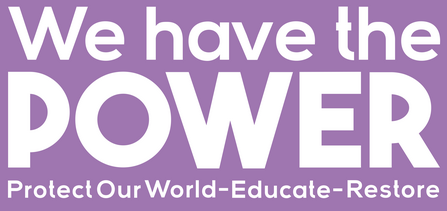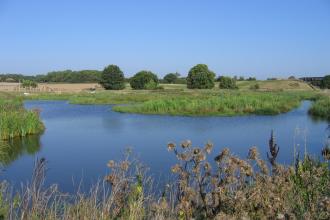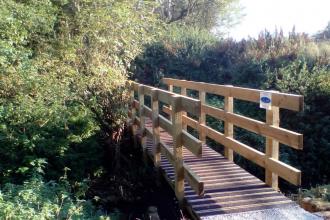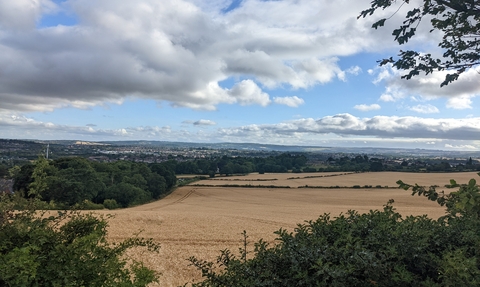
Wild Whittington
We did it!
Your support means we’ve secured a huge new site for rewilding in the north of the county. 60 acres of land for nature and local people to enjoy thanks to your overwhelming support and donations, generous grants and philanthropic loans.
The piece of land at Old Whittington is set to be called 'Wild Whittington'. The purchase is not only good news for wildlife, but it's also great news for local residents and visitors to the area too. We cant wait to turn this piece of land into an oasis for wildlife for future generations to enjoy.

The site stretches between St Bartholomew’s woods to the south and Grasscroft ancient woodlands to the north. These woods join with Unstone and then down into the valley of the River Drone.
Here's how it connects to the wider landscape:
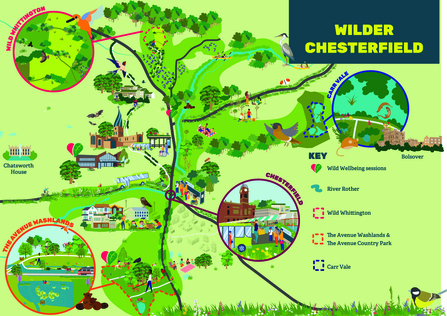
We are so grateful for the incredible response we have had to secure this land. Wild Whittington has been acquired through a mixture of investment in nature, including donations from Derbyshire Wildlife Trust supporters and The John Swire 1989 Charitable Trust in response to the Defend Nature appeal.
Wild Whittington FAQs
What is rewilding?
Rewilding Britain defines rewilding as the large-scale restoration of ecosystems to the point where nature is allowed to take care of itself. Rewilding seeks to reinstate natural processes and, where appropriate, missing species – allowing them to shape the landscape and the habitats within.
Natural processes are the interactions and movements that shape ecosystems, habitats, flora and fauna in their wake. As the level of human intervention in our ecosystems has increased, the ability for many of these natural processes to function has been impeded or prevented entirely. In order to allow nature to recover, we need to reinstate these natural processes.
Reintroducing lost natural processes over time allows our habitats and landscapes to become more resilient - allowing a wider variety of niches, supporting more species, and possibly becoming self-sustaining in the long-term, slowly needing less and less human interventions as more natural management takes precedence.
What are your plans for the site?
Using rewilding, the Trust will create various habitats at Wild Whittington with areas of woodland, scrub, wetlands and open areas of grassland.
The rewilding of Wild Whittington will bolster a vital habitat corridor in the region and support nature’s recovery in Chesterfield and the surrounding areas.
What species might return here?
By creating more space for nature and improving habitat connectivity, the site will support a wider range of bird and bat species, as well as mammals such as foxes, badgers and hedgehogs.
Can I come and visit?
Of course!
Wild Whittington is set to be rewilded, becoming a place of major importance to nature, but also to the people of Chesterfield and Derbyshire
Why did you buy this land?
Wild Whittington is just one example of the ways that Derbyshire Wildlife Trust is working to defend nature. Our vision for a Wilder Derbyshire is for nature to be in recovery across the county connecting existing wildlife rich spaces and growing more so that nature and residents will thrive alongside each other.
How did you raise the money to buy this land?
Wild Whittington has been acquired through a mixture of investment in nature, including donations from Derbyshire Wildlife Trust supporters and The John Swire 1989 Charitable Trust in response to the Defend Nature appeal.
The sale was finalised thanks to ‘Philanthropic Loans’ from four private lenders. A philanthropic loan is a loan made on favourable terms, with low or no interest and flexible repayments. Such loans are made to allow for rapid purchase of land for ecological restoration, where the lenders can see a clear means for repayment from new ‘Green Finance’ schemes. More information can be found here.
Julia Davies of We Have The Power and The Wildlife Trusts helped us to acquire this site through their Funding Nature project. You can find out about other sites acquired by Funding Nature here.





